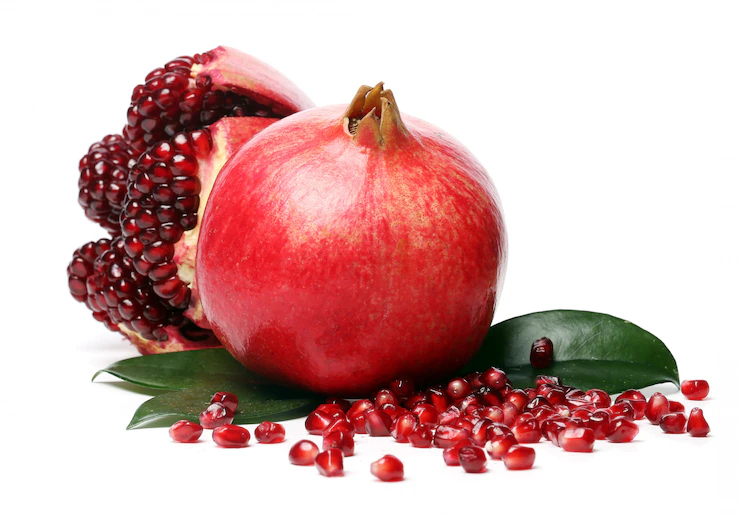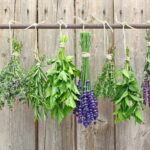Pomegranate is a beautiful and delicious fruit with a rich history and numerous health benefits. If you’re considering growing pomegranate in your garden or orchard in South Africa, here are ten important factors to consider for successful cultivation:
- Climate Suitability: Pomegranates thrive in warm to hot climates with dry summers and mild winters. They are well-suited to regions such as the Western Cape, parts of the Northern Cape, and the drier inland areas of South Africa. Pomegranates require a minimum of 200 chilling hours during winter to stimulate flowering.
- Variety Selection: Choose pomegranate varieties that are suitable for your specific climate and growing conditions. Popular varieties in South Africa include Wonderful, Hicaz, and Herskawitzke. Consider factors such as fruit quality, disease resistance, and harvest season when selecting the right variety.
- Site Selection: Pomegranate trees prefer full sun exposure to ensure optimal fruit development and sugar content. Choose a location with good airflow to reduce the risk of fungal diseases. The soil should be well-drained, loamy, and have a slightly acidic to neutral pH level.
- Watering: Pomegranate trees are drought-tolerant once established but require regular watering during the first few years to encourage root development. Provide deep and infrequent waterings to promote deep root growth and avoid overwatering, which can lead to root rot.
- Soil Preparation: Prepare the soil before planting by incorporating organic matter, such as compost or well-rotted manure, to improve soil fertility and drainage. Conduct a soil test to determine nutrient levels and make any necessary amendments.
- Pruning: Pruning is essential for shaping the tree, improving airflow, and promoting fruit production. Prune during the dormant season to remove dead or diseased branches and maintain an open canopy structure. Remove any suckers that emerge from the base of the tree.
- Fertilization: Pomegranates benefit from regular fertilization to ensure healthy growth and fruit production. Apply a balanced fertilizer, preferably organic, in early spring and again after harvest. Follow the recommended application rates based on the age and size of your pomegranate tree.
- Pest and Disease Management: Pomegranates are generally resilient against pests and diseases. However, monitor your trees regularly for common issues such as aphids, whiteflies, and fruit flies. Implement appropriate pest control measures if necessary, using organic and environmentally friendly methods whenever possible.
- Harvesting: Pomegranates are ready for harvest when the fruit has reached its full color and the skin is firm and glossy. Depending on the variety, harvesting typically takes place from late summer to early autumn. Cut the fruit from the tree with a sharp knife or pruning shears, leaving a short stem attached.
- Enjoying Pomegranates: Pomegranates can be enjoyed fresh or used in various culinary preparations. The seeds (arils) are the edible part of the fruit and can be eaten on their own, added to salads, or used as a garnish. Pomegranate juice and molasses are also popular options for incorporating the fruit’s unique flavor into recipes.
By considering these ten important factors before growing pomegranate in South Africa, you’ll be well-prepared to cultivate healthy and productive trees. Enjoy the beauty of the tree and the delicious rewards of this ancient and versatile fruit.







